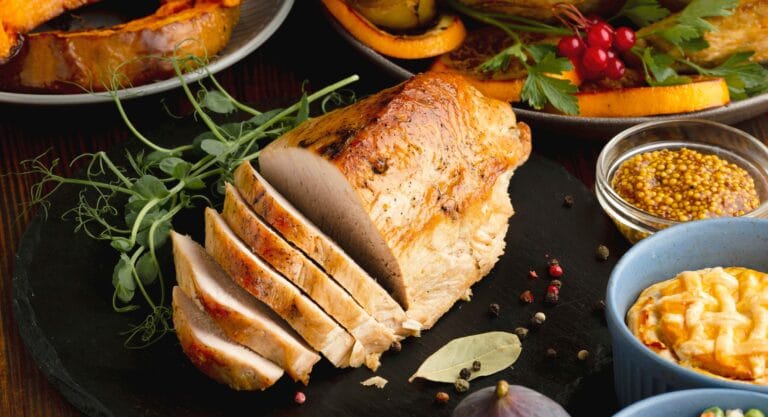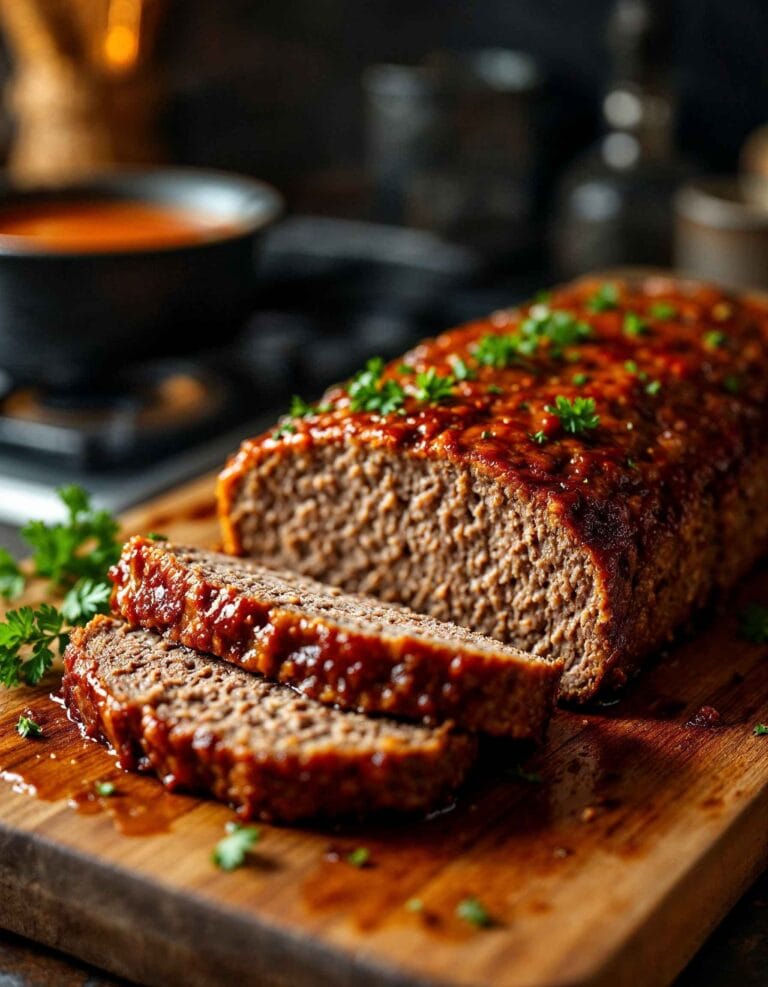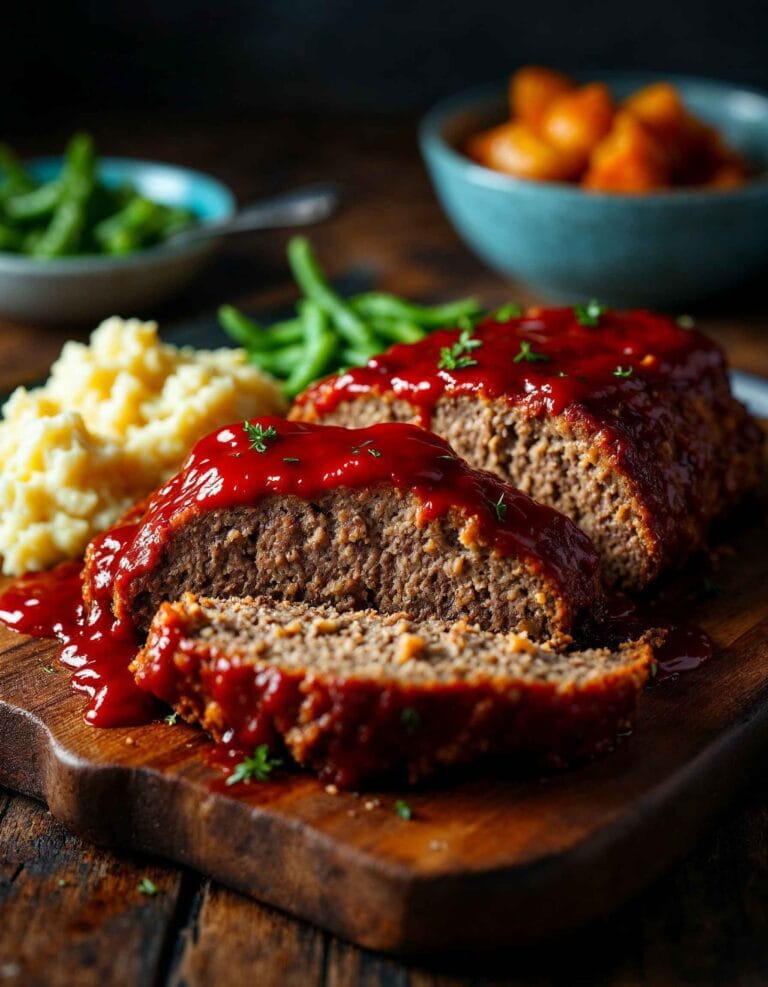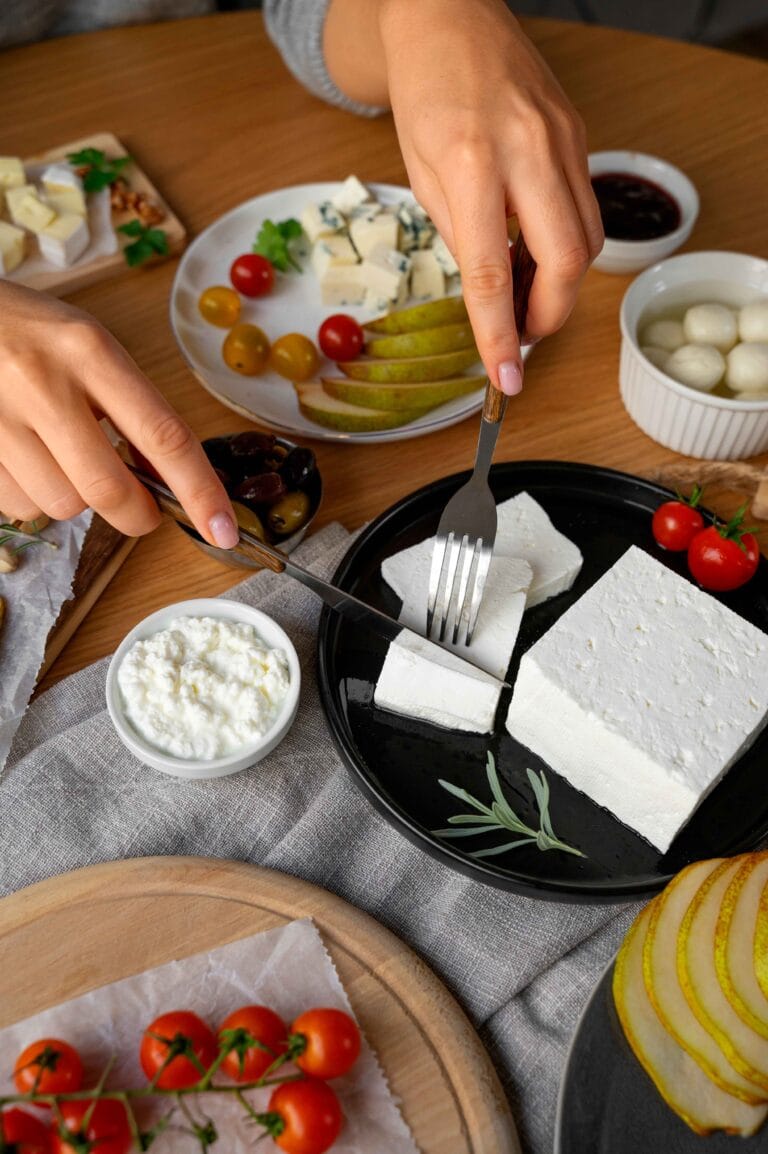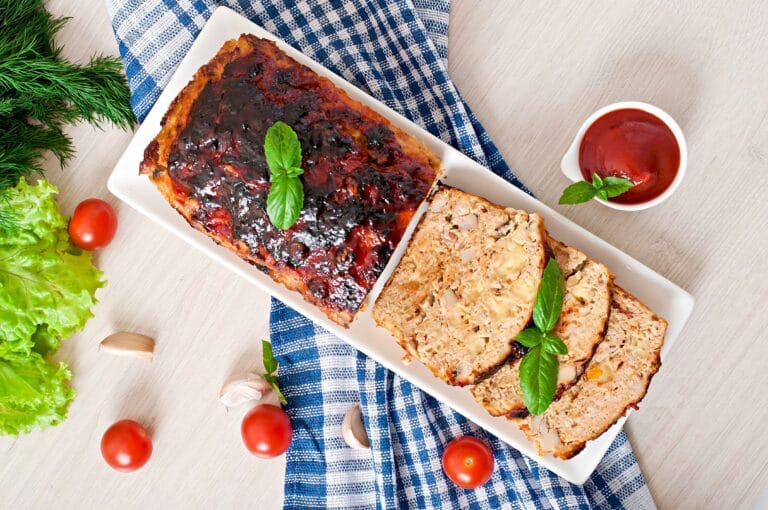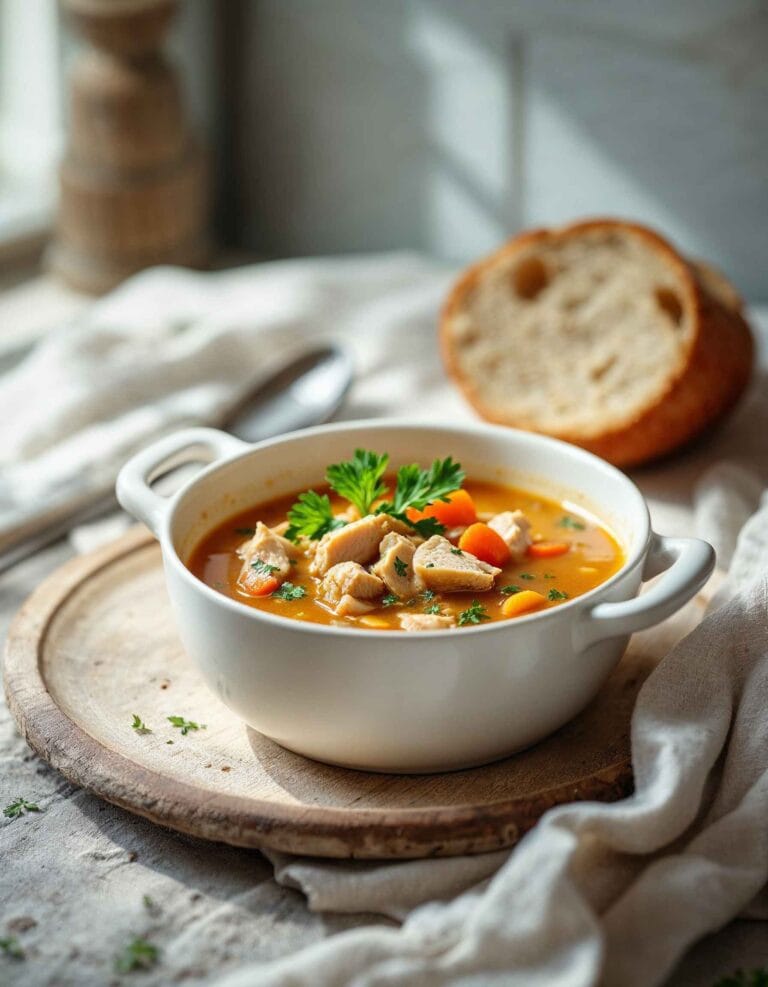Why Cook Onions Before Adding to Meatloaf? Discover the Key Benefits!
Meatloaf is a beloved comfort food that has been gracing dinner tables for generations. At its core, it is a simple dish: a mixture of ground meat, breadcrumbs, eggs, and seasonings, baked to savory perfection. Among the key ingredients, onions hold a place of prominence, providing depth of flavor and texture that elevate the dish.
However, one common debate among home cooks is whether to use raw or cooked onions in their meatloaf mixture. While it might seem like an unnecessary extra step, cooking the onions before adding them is a game-changer. This simple preparation technique can make the difference between an average meatloaf and a truly memorable one.
In this article, we’ll explore why cooking onions before adding them to your meatloaf is essential. From enhancing flavor to improving texture, we’ll delve into the science and practical benefits of this technique. You’ll also learn how to cook onions for meatloaf, alternative methods, and common mistakes to avoid.
Reasons to Cook Onions First
Enhancing Flavor with Cooked Onions
Cooking onions transforms their natural sharpness into a sweet, mellow flavor. This happens because heat breaks down the sulfur compounds responsible for the pungency of raw onions, allowing their natural sugars to shine through. This caramelization process adds depth and a subtle sweetness that balances the savory notes of meat and spices in meatloaf.
When onions are sautéed with a bit of oil or butter, they release aromatic compounds that enhance the overall taste of the dish. These cooked onions harmonize with the other ingredients, creating a well-rounded flavor profile that raw onions simply can’t match.
Explore the impact of different cooking temperatures on your meatloaf’s texture and flavor.
Preventing Uneven Texture in Meatloaf
Raw onions can maintain their crispness even after the meatloaf is fully cooked, resulting in an inconsistent texture. While some bites may feel smooth and cohesive, others might surprise you with a crunch. By cooking the onions first, you ensure they soften and blend seamlessly into the meat mixture. This uniform texture makes for a more enjoyable eating experience.
Reducing Moisture in the Mixture
Onions have a high water content, which they release as they cook. When added raw to meatloaf, this moisture can seep out during baking, leading to a soggy texture or causing the loaf to fall apart. Pre-cooking the onions removes excess water, ensuring the meatloaf retains its structure and bakes evenly.
Activating Aromatic Compounds for Deeper Taste
Cooking onions activates their aromatic oils, which intensify the savory flavors of the meatloaf. When paired with complementary ingredients like garlic, herbs, or spices, cooked onions act as a flavor amplifier. The heat releases the volatile compounds in onions, allowing them to meld with the other ingredients in a way that raw onions cannot.
Impact on Meatloaf Structure
How Cooked Onions Affect Binding and Consistency
One of the primary roles of onions in meatloaf is to enhance its binding properties. The natural starches in onions are released as they cook, contributing to the cohesive structure of the loaf. When onions are softened before being mixed into the meat, their starchy texture helps bind the other ingredients, like breadcrumbs and eggs, more effectively. This leads to a firmer, sliceable meatloaf that holds its shape during and after cooking.
In contrast, raw onions may release water as they bake, weakening the structural integrity of the loaf. This can result in a crumbly texture or uneven slices.
Discover why milk is the preferred liquid for a perfectly moist and flavorful meatloaf.
Avoiding Sogginess by Reducing Raw Onion Water Content
As mentioned earlier, raw onions are rich in water. When these onions are cooked, they lose much of their moisture content, which is then evaporated or absorbed into the cooking medium (such as oil or butter). By removing this excess water before adding the onions to the meat mixture, you prevent the loaf from becoming overly wet during baking.
This step is particularly crucial when using onions with high water content, like white or sweet onions, which can release significant amounts of liquid.
Promoting Even Cooking
When onions are cooked beforehand, they are less likely to remain undercooked in the final dish. In a meatloaf, which is dense by nature, raw onions may not have enough time to fully soften, especially in the center of the loaf. Pre-cooking ensures the onions are tender and evenly distributed throughout the mixture, allowing the entire meatloaf to cook uniformly.
Balancing Fat Distribution
When onions are sautéed in oil or butter, they absorb a portion of the fat, which is then released into the meatloaf as it bakes. This adds an extra layer of richness and ensures that the meat stays juicy. Raw onions lack this advantage and may instead release water, diluting the fat content and potentially drying out the meat.
Flavor Development During Cooking
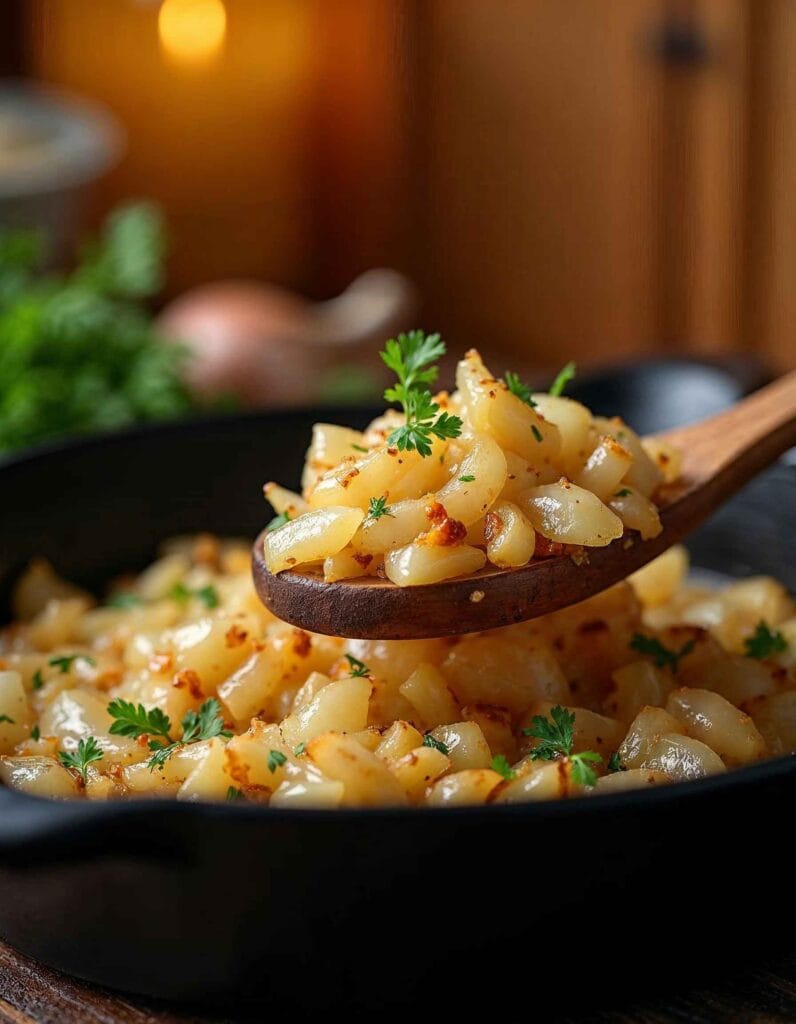
The Maillard Reaction and Its Role in Onion Cooking
The Maillard reaction is a chemical process that occurs when onions are exposed to heat. It involves the interaction of amino acids and sugars, creating complex flavor compounds. This reaction is responsible for the golden-brown color and savory, umami-rich taste that cooked onions bring to meatloaf.
This process does more than make onions taste better—it enhances the entire meatloaf. When these caramelized onions are incorporated into the meat mixture, they distribute their deep, savory notes throughout, enriching every bite. The Maillard reaction also creates a pleasing aroma, making the dish even more appetizing.
How Caramelization Adds Complexity to Meatloaf
Caramelization occurs when the natural sugars in onions are heated and browned, producing a sweet, nutty flavor. This complements the savory meat and spices in the meatloaf, creating a balanced and layered taste profile. Caramelized onions bring out the best in other ingredients, enhancing herbs like thyme or parsley and spices such as paprika or black pepper.
When onions are caramelized, their sweetness acts as a counterpoint to the saltiness of the meat and breadcrumbs. This balance prevents the dish from tasting overly heavy or monotonous, elevating it to a restaurant-quality meal.
Combining Onions with Aromatics for Greater Depth
Cooking onions also provides an opportunity to incorporate other aromatic ingredients, such as garlic, celery, or bell peppers. These ingredients release their flavors more effectively when cooked together, creating a harmonious base for the meatloaf. For instance:
- Garlic adds a robust, savory note that complements the mild sweetness of cooked onions.
- Celery and Bell Peppers introduce additional texture and a slight crunch, ensuring a more dynamic meatloaf.
When these aromatics are sautéed with onions, they create a flavorful “flavor starter” that permeates the entire dish.
Why Raw Onions Lack These Flavor Benefits
Raw onions, by contrast, miss out on these transformative processes. While they add sharpness and crunch, they lack the rich, caramelized notes that cooked onions provide. This difference in flavor depth can significantly impact the overall enjoyment of the meatloaf.
Cooking onions unlocks their full potential, both in taste and aroma. By leveraging techniques like the Maillard reaction and caramelization, you can ensure your meatloaf is infused with a depth of flavor that will have everyone coming back for seconds.
Alternatives to Cooking Onions
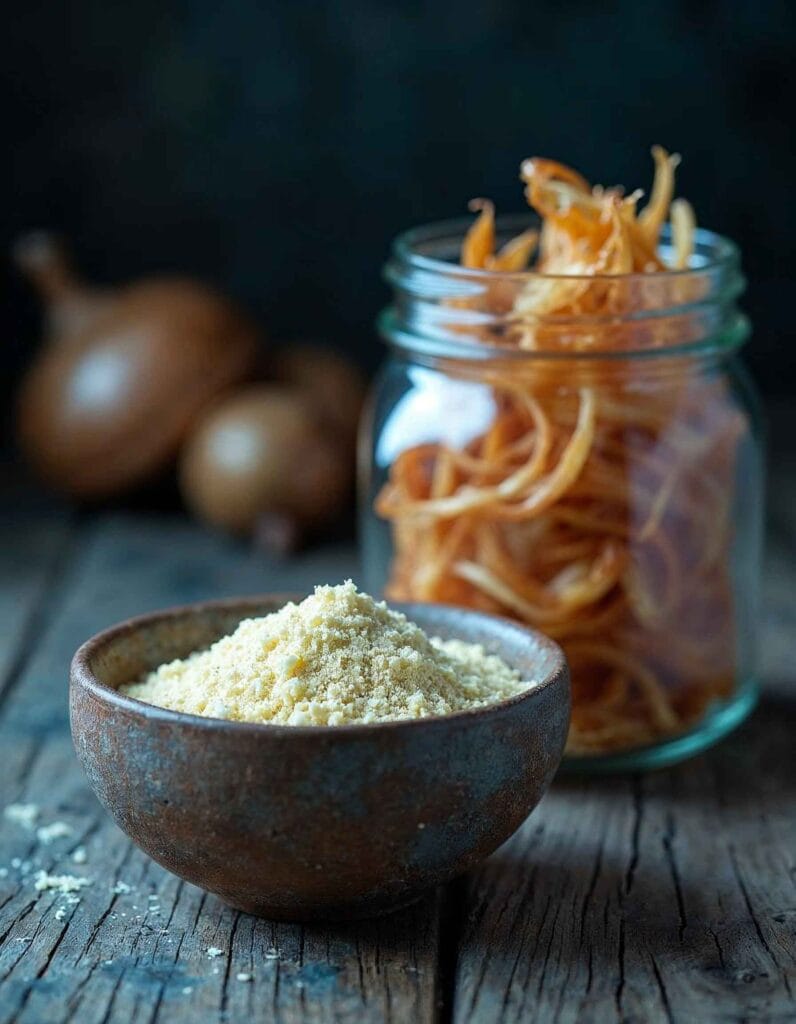
Using Onion Powder or Pre-Fried Onions
For those short on time or seeking convenience, onion powder or pre-fried onions can be viable alternatives. These options provide the essence of onion flavor without the need for sautéing. Here’s how they compare:
- Onion Powder: Offers a concentrated flavor that disperses evenly in the meat mixture. However, it lacks the caramelized sweetness of cooked onions.
- Pre-Fried Onions: These add a crispy texture and a slightly sweet taste, though they can alter the meatloaf’s consistency if not softened first.
While these alternatives work in a pinch, they might not achieve the same depth of flavor and moisture control as freshly cooked onions.
Raw Onion Variations: Pros and Cons
Some recipes use raw onions, and while this method saves time, it comes with trade-offs. The pros and cons include:
- Pros:
- Adds a fresh, sharp flavor that some prefer.
- Maintains a slightly crunchy texture, offering contrast in the meatloaf.
- Cons:
- Can release water during baking, leading to a soggy loaf.
- Risk of overpowering the dish with a harsh onion taste.
- Uneven cooking may leave the onions underdone in some areas.
Raw onions are best suited for recipes with a shorter cooking time or when paired with other binding agents to counteract their moisture.
Incorporating Cooked Onion Substitutes
If cooking onions isn’t an option, consider substitutes that mimic their flavor and texture:
- Shallots: These provide a milder taste and require less cooking time.
- Leeks: With a sweet, delicate flavor, leeks can be sautéed briefly for a similar effect.
- Green Onions (Scallions): These work well when added raw, offering a mild onion flavor without overwhelming the dish.
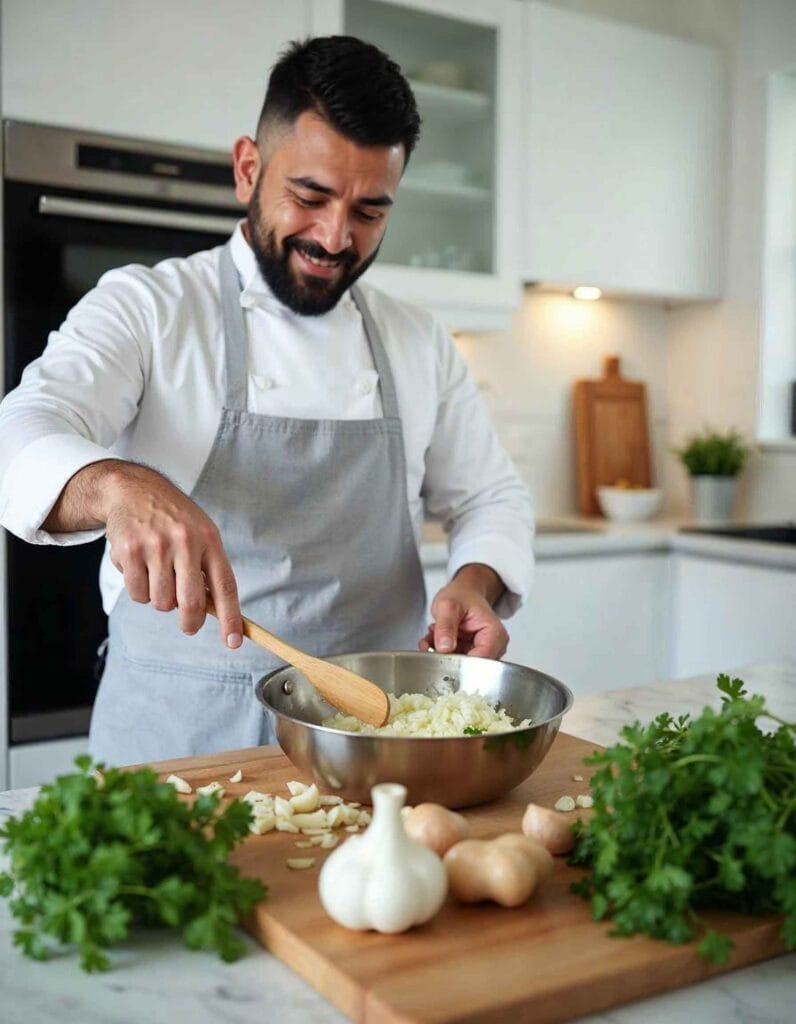
Blending Onions for a Compromise
For a middle ground, raw onions can be finely chopped or blended before being added to the meatloaf. This method disperses their flavor evenly while minimizing the risk of large, undercooked chunks. However, blending doesn’t address the issue of excess moisture, so it’s essential to adjust other ingredients accordingly.
While cooking onions is the gold standard for meatloaf preparation, these alternatives provide flexibility for cooks with varying preferences and time constraints. Experimenting with these options can help you find the perfect balance between convenience and flavor in your dish.
Frequently Asked Questions (FAQs)
Should onions be cooked before putting in meatloaf?
Yes, onions should ideally be cooked before adding them to meatloaf. Cooking onions enhances their flavor, softens their texture, and reduces their moisture content. This prevents the meatloaf from becoming soggy and ensures a uniform consistency throughout. Cooked onions also blend seamlessly into the mixture, contributing to a balanced and well-rounded flavor.
Do you cook onions before ground meat?
In many recipes, onions are cooked before ground meat, especially in dishes like meatloaf or sauces. This step allows the onions to release their natural sweetness and caramelize, creating a flavorful base. When you add ground meat after the onions are cooked, the flavors meld together, resulting in a more cohesive dish. However, in some recipes, onions and meat are cooked simultaneously for convenience.
Why are onions cooked first?
Onions are cooked first to soften their texture, enhance their flavor, and activate their natural sugars. Cooking removes the harsh, sharp taste of raw onions, replacing it with a sweet, caramelized flavor. Additionally, this step ensures that onions are evenly cooked, avoiding any crunchy bits in the final dish.
What is the secret to a great meatloaf?
The secret to a great meatloaf lies in balancing moisture, texture, and flavor. Here are some key tips:
- Cook Your Onions First: This prevents sogginess and enhances flavor.
- Use a Mix of Meats: Combine ground beef, pork, or veal for a richer taste.
- Don’t Overmix: Gently combine ingredients to avoid a dense loaf.
- Add Flavor Boosters: Incorporate seasonings, herbs, and aromatics for depth.
- Use a Binder: Ingredients like eggs and breadcrumbs help hold the loaf together.
- Glaze the Top: A tangy tomato or barbecue glaze adds a finishing touch of flavor.
Conclusion
Cooking onions before adding them to meatloaf is a simple yet impactful step that can significantly improve the dish’s flavor, texture, and overall quality. This technique enhances the sweetness and depth of the onions while ensuring they blend seamlessly into the meat mixture. By removing excess moisture, cooked onions also contribute to a structurally sound loaf that slices perfectly.
From caramelization to texture refinement, cooked onions elevate the humble meatloaf into a dish that is both comforting and sophisticated. Whether you’re a seasoned cook or new to the kitchen, this small adjustment will make a big difference in your results.
Take the time to sauté your onions, experiment with aromatics, and apply the tips shared in this guide to create a meatloaf that will impress your family and guests alike. Happy cooking!
Learn the secrets to creating a juicy meatloaf that stays tender and delicious every time.


